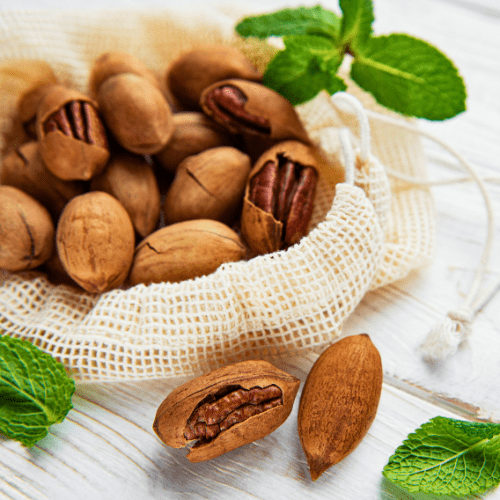Position:
Portugal has a Mediterranean climate and is generally suitable for growing quince. Quince trees thrive in regions with mild, wet winters and warm, dry summers. They require full sun exposure for optimal growth and fruit production.
Soil Requirements:
Quince trees prefer well-drained soil with good fertility. They can tolerate a range of soil types but perform best in loamy or sandy soils. Ensure the soil pH is slightly acidic to neutral (pH 6.0 to 7.0).
Planting:
- Choose a location with good sunlight and adequate air circulation to reduce the risk of diseases.
- Dig a hole deep enough to accommodate the tree’s root system.
- Place the tree in the hole, ensuring the graft union is above ground level.
- Fill the hole with soil, tamp it down gently, and water thoroughly.
Watering:
Quince trees require regular watering, especially during the growing season. Keep the soil consistently moist but not waterlogged. Mulching around the base of the tree can help retain soil moisture.
Pruning:
Pruning is essential for shaping the tree and promoting fruit production. Prune quince trees during the dormant season (late winter or early spring). Remove dead or diseased branches and thin out crowded growth to improve air circulation.
Fertilising:
Apply a balanced fertiliser in the early spring to provide essential nutrients to the quince tree.
Use our slow-release nitrogen-rich all plant fertiliser (which is excellent for citrus) Apply 1 teaspoon every 4-5 months
Pest and Disease Management:
Quince trees can be susceptible to various pests and diseases, including aphids, scale insects, and fire blight. Regularly inspect your trees and take appropriate measures for pests, such as neem oil or EM Control. Pruning infected branches can help manage diseases.
Harvesting:
Quince fruit is typically ready for harvest in the late summer to early fall, depending on the variety. They are ready when they turn green to yellow and can be separated easily from the tree. Be cautious when harvesting as quince fruit can be pretty challenging.
Storage:
Store harvested quince in a cool, dry place for short-term use. For more extended storage, consider preserving them by making quince paste or jelly.








